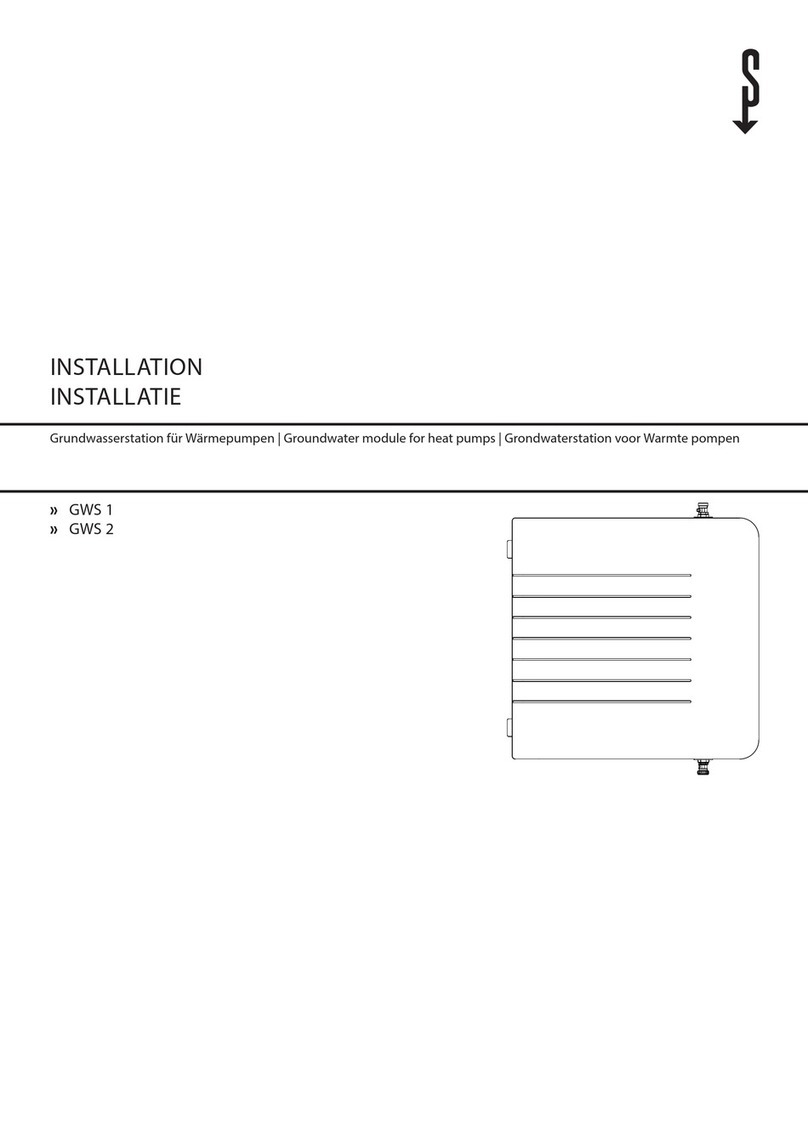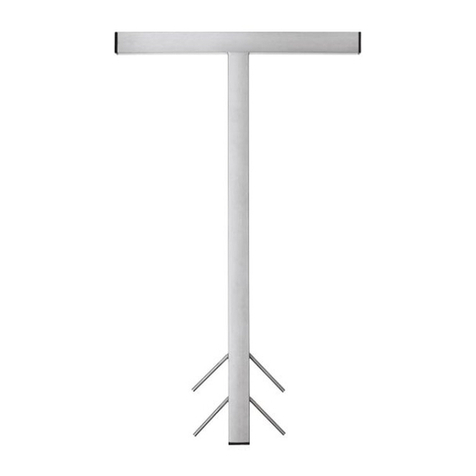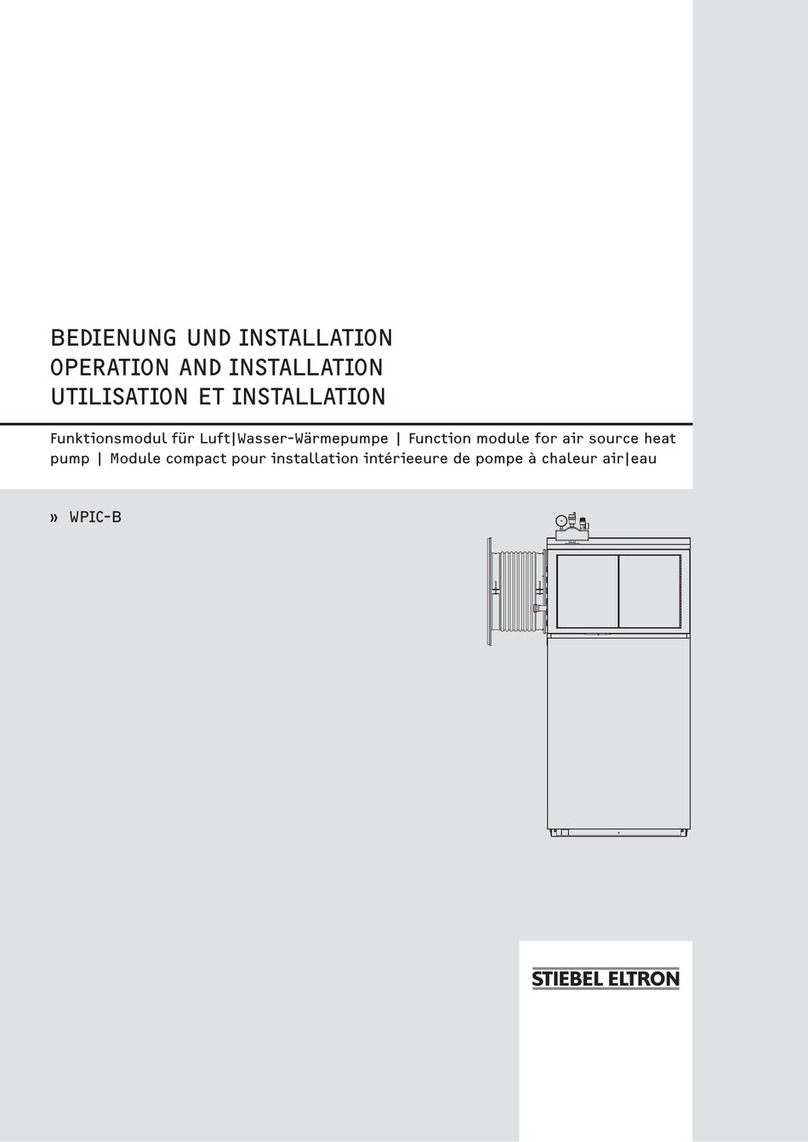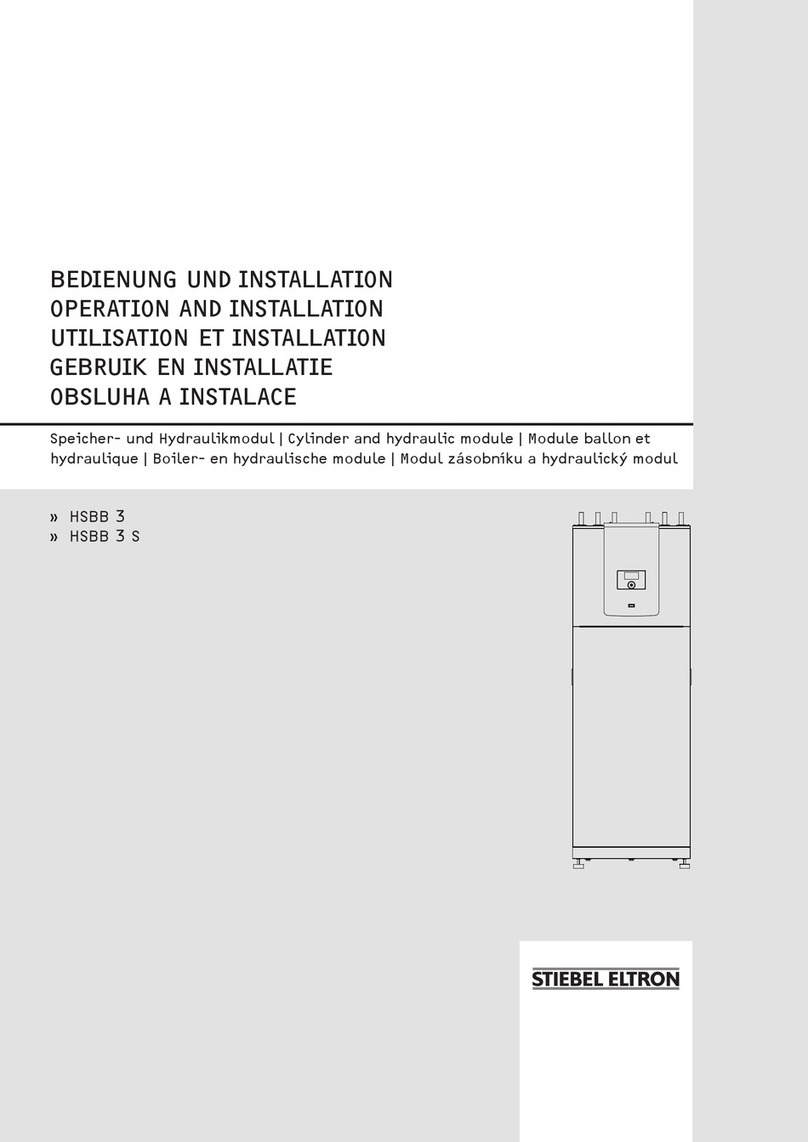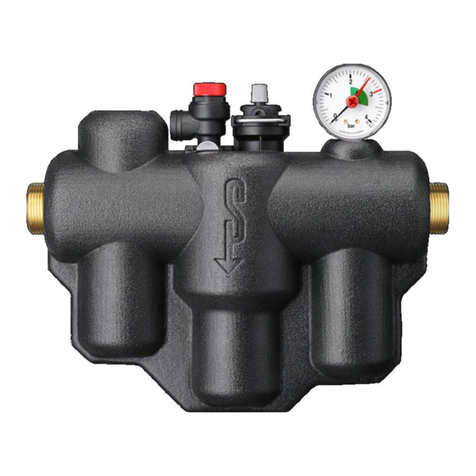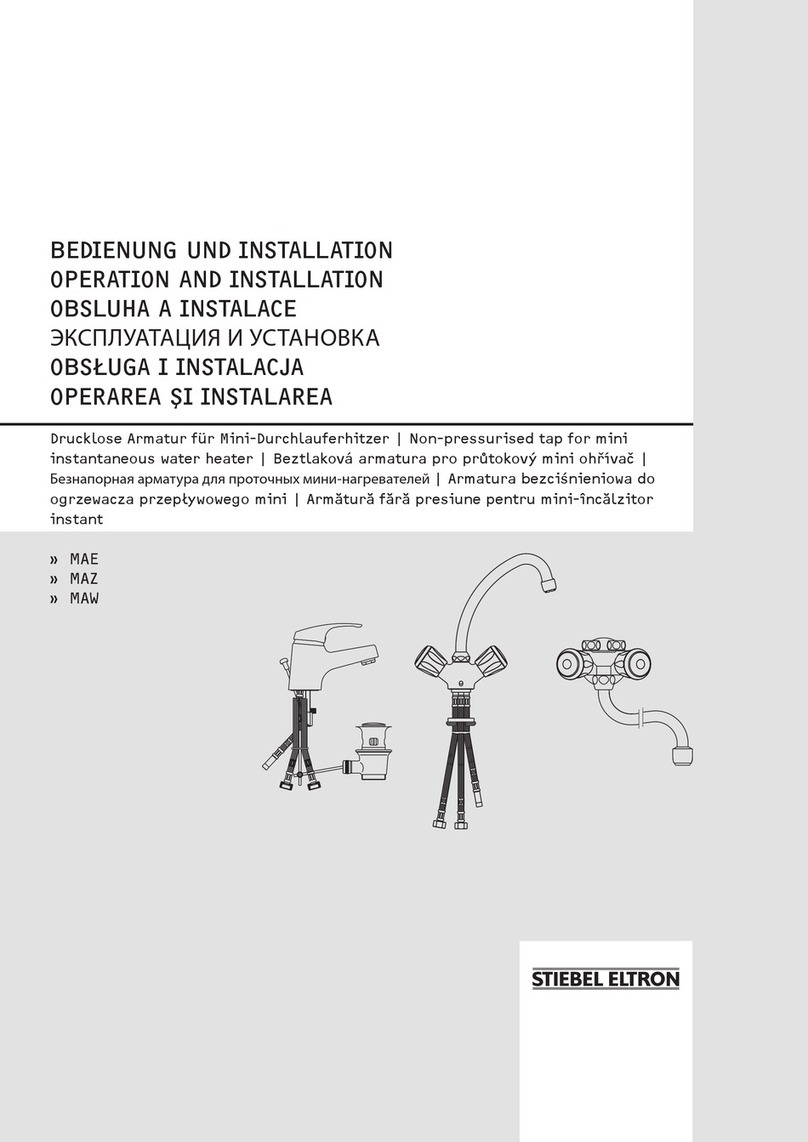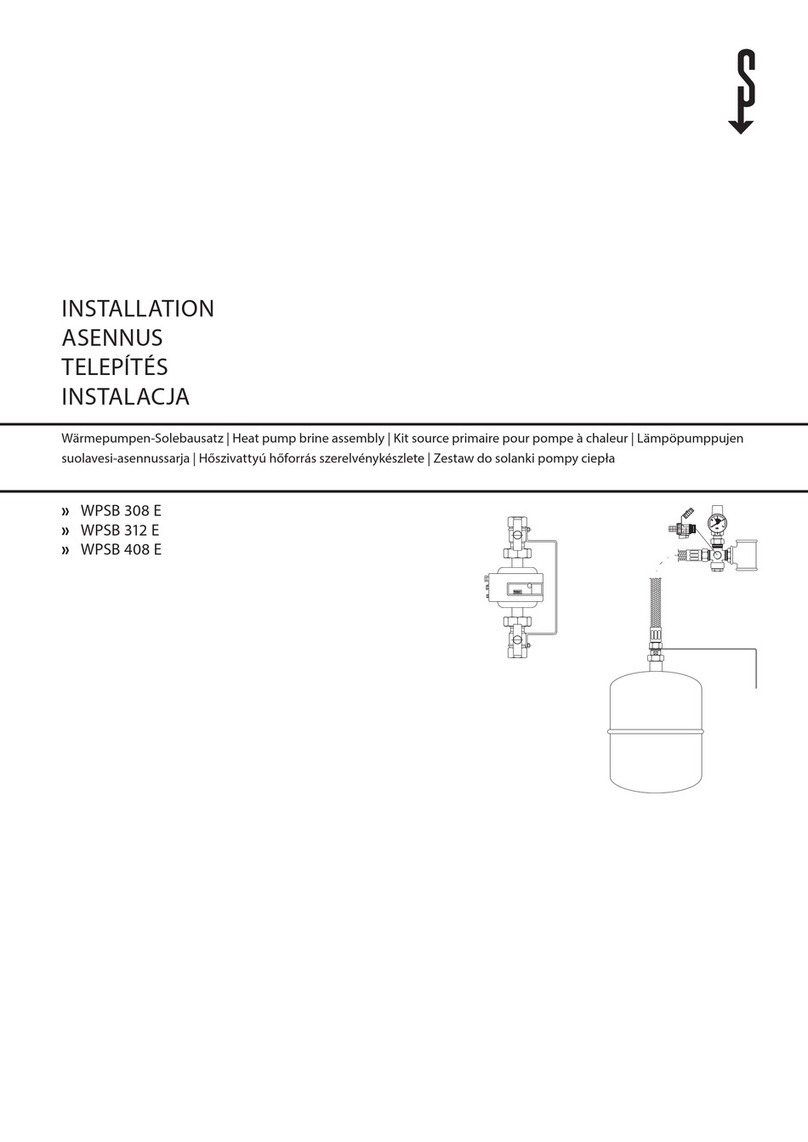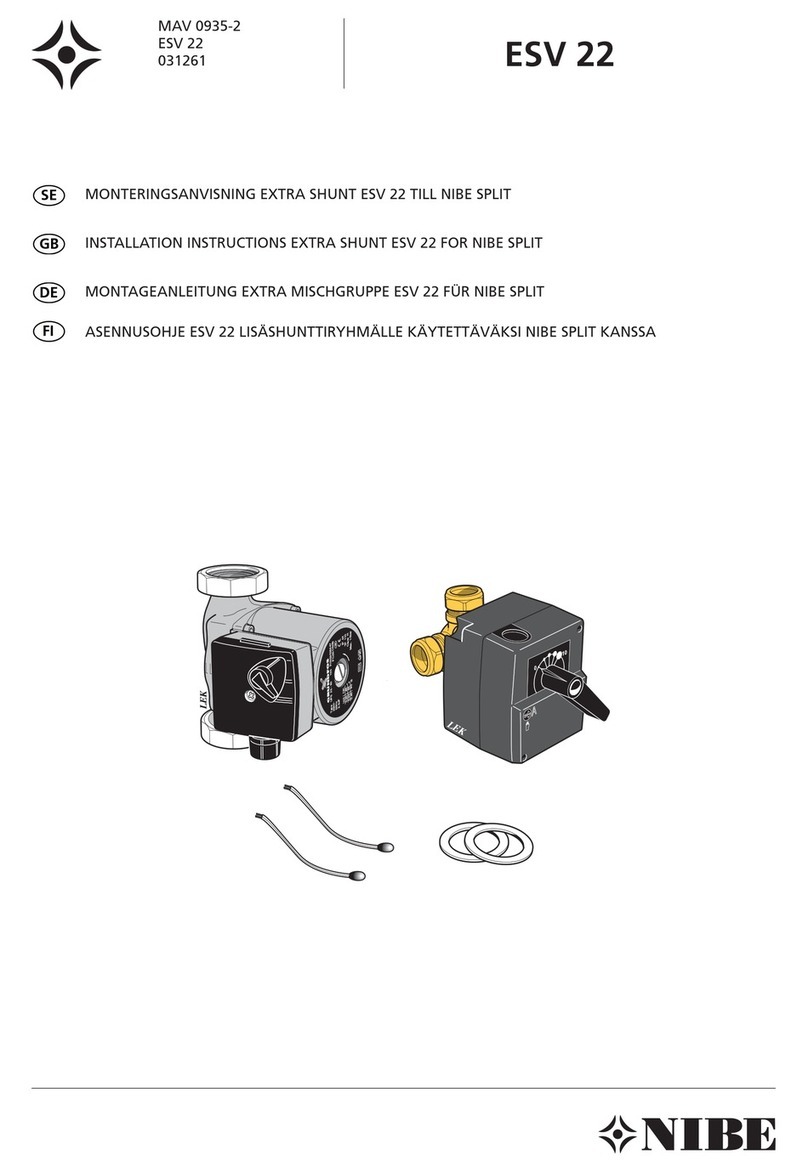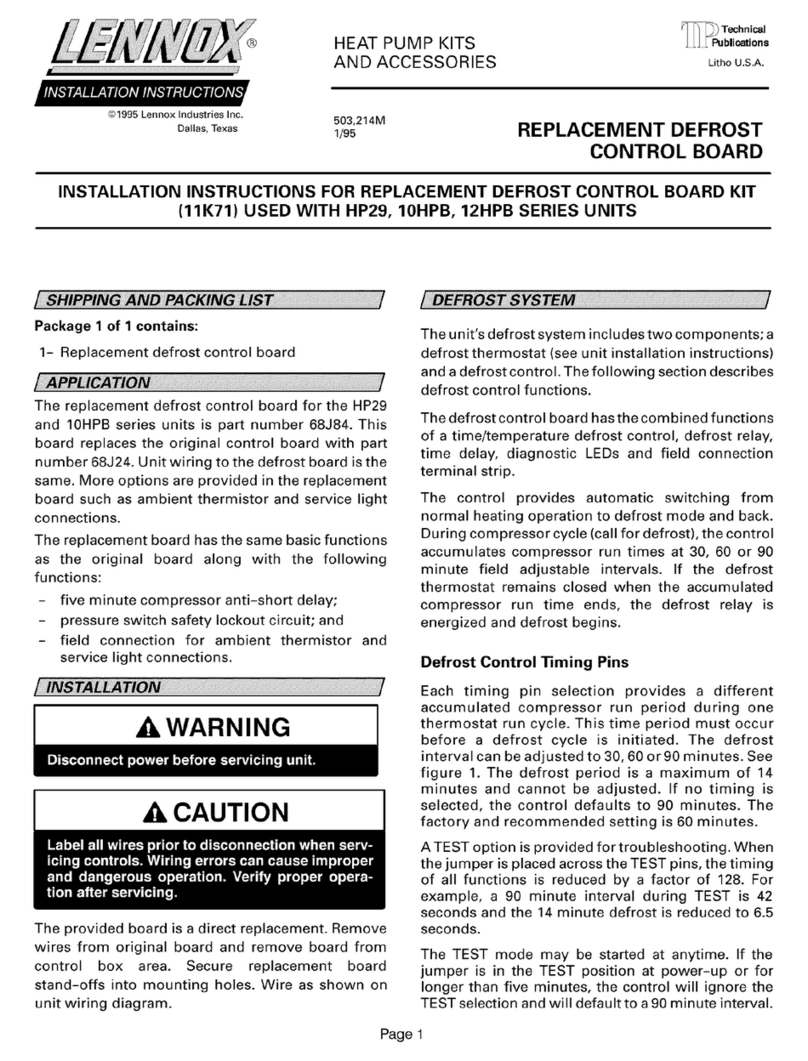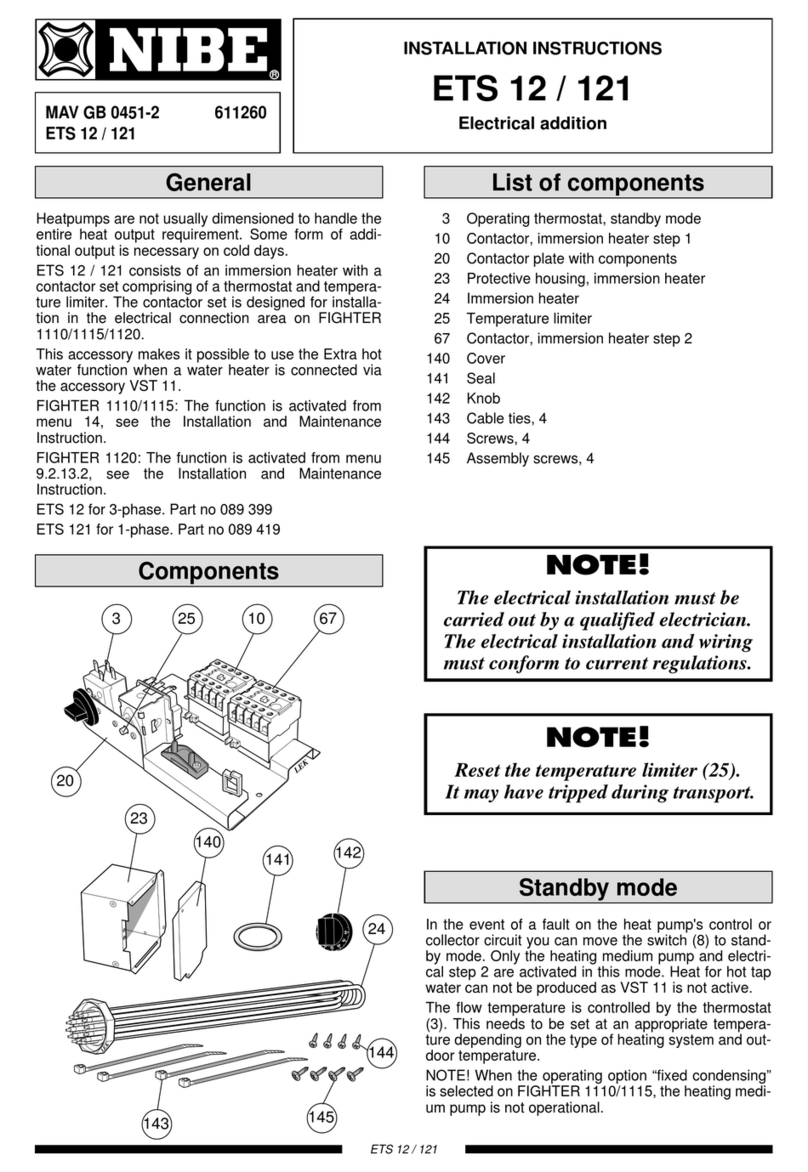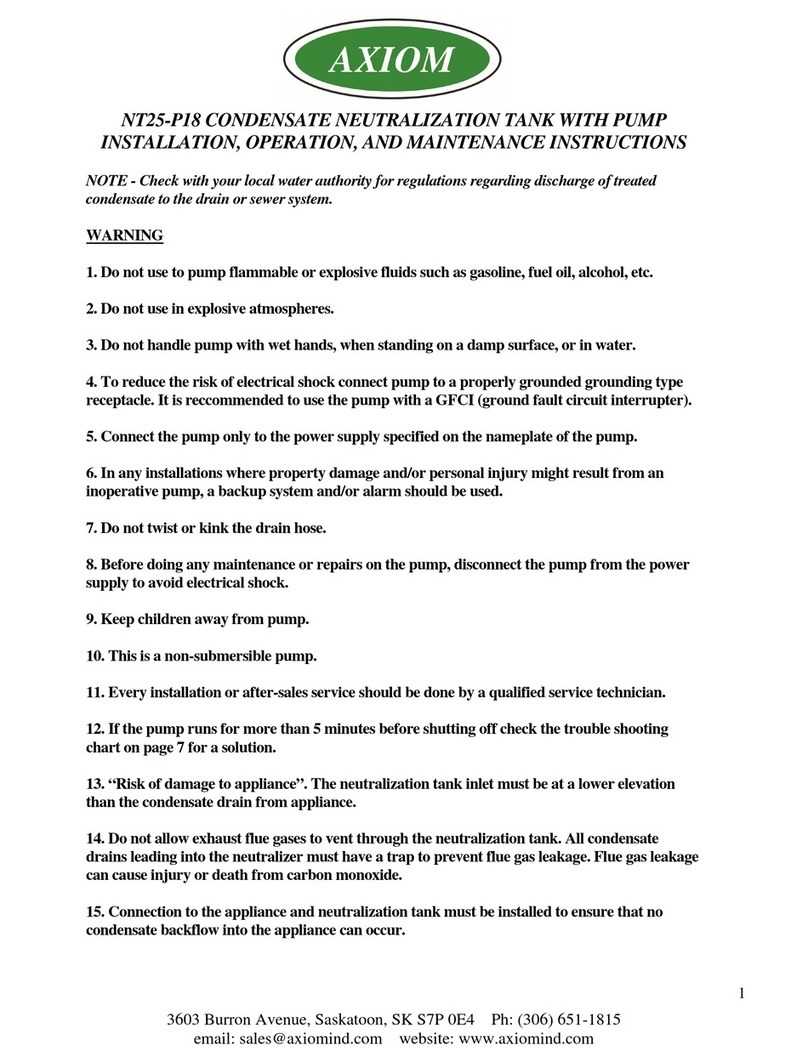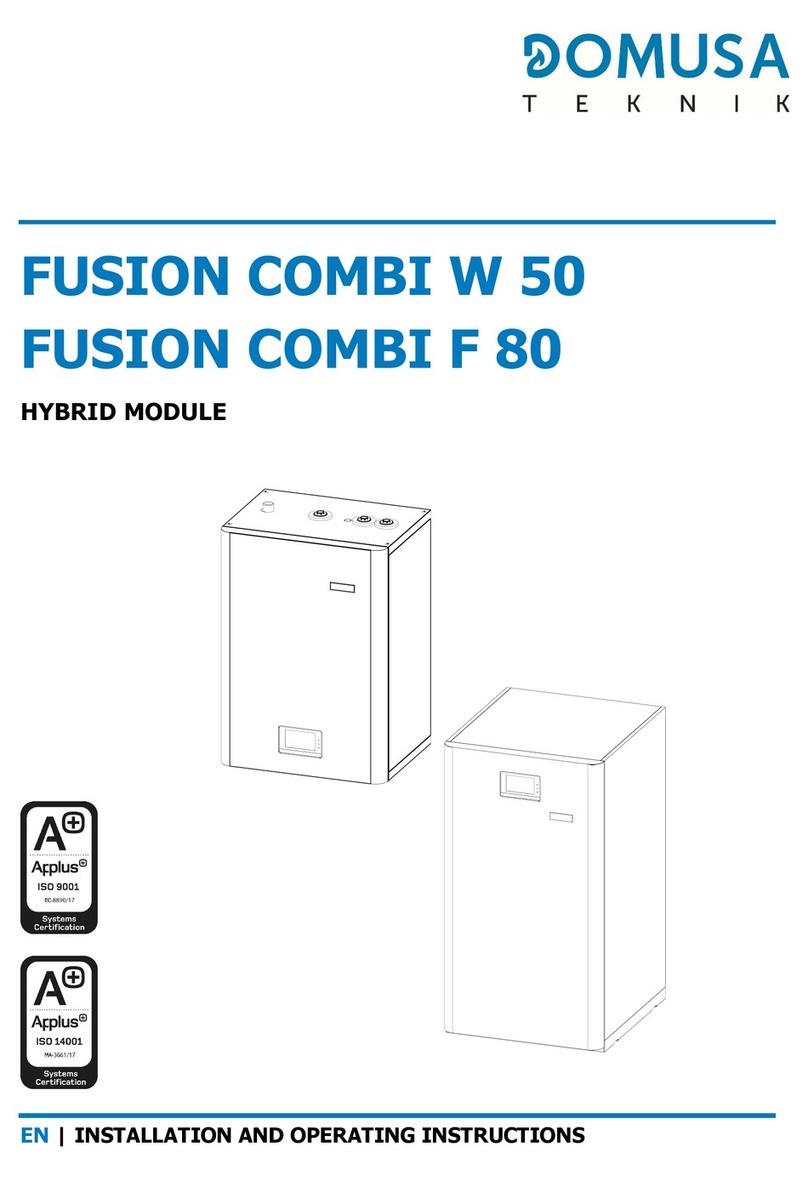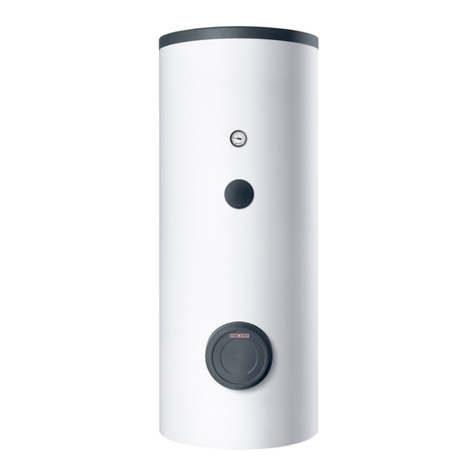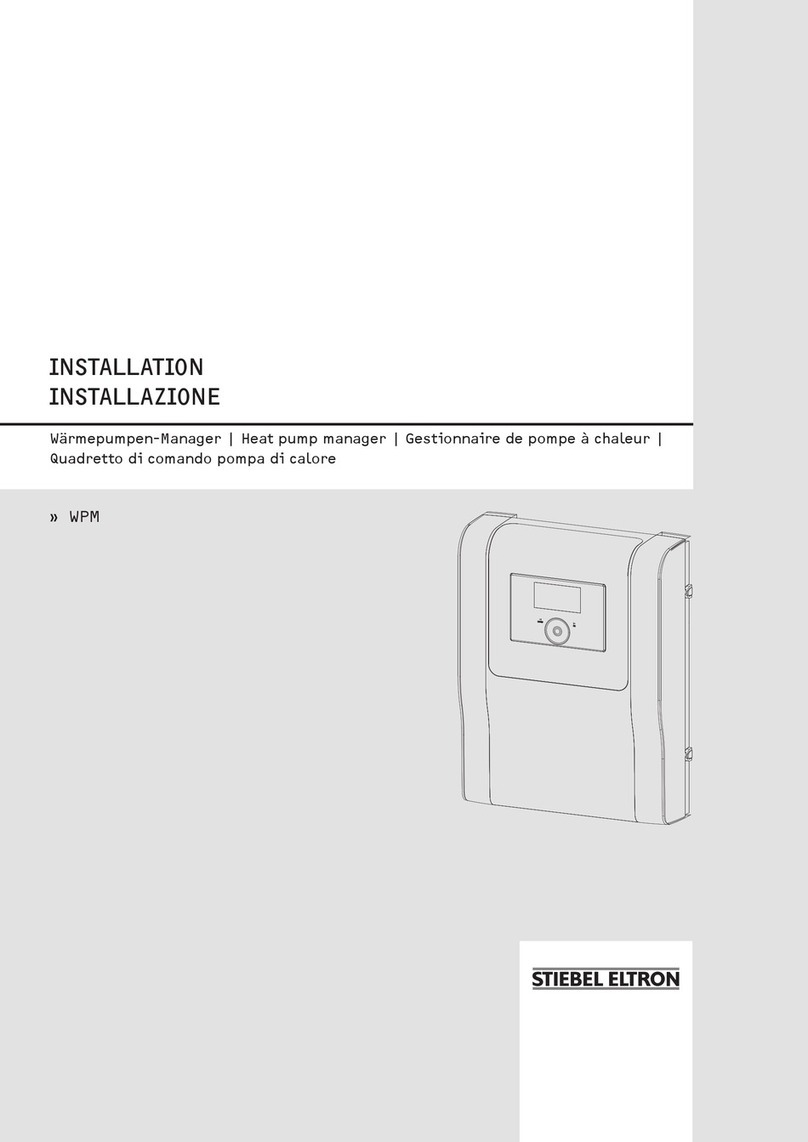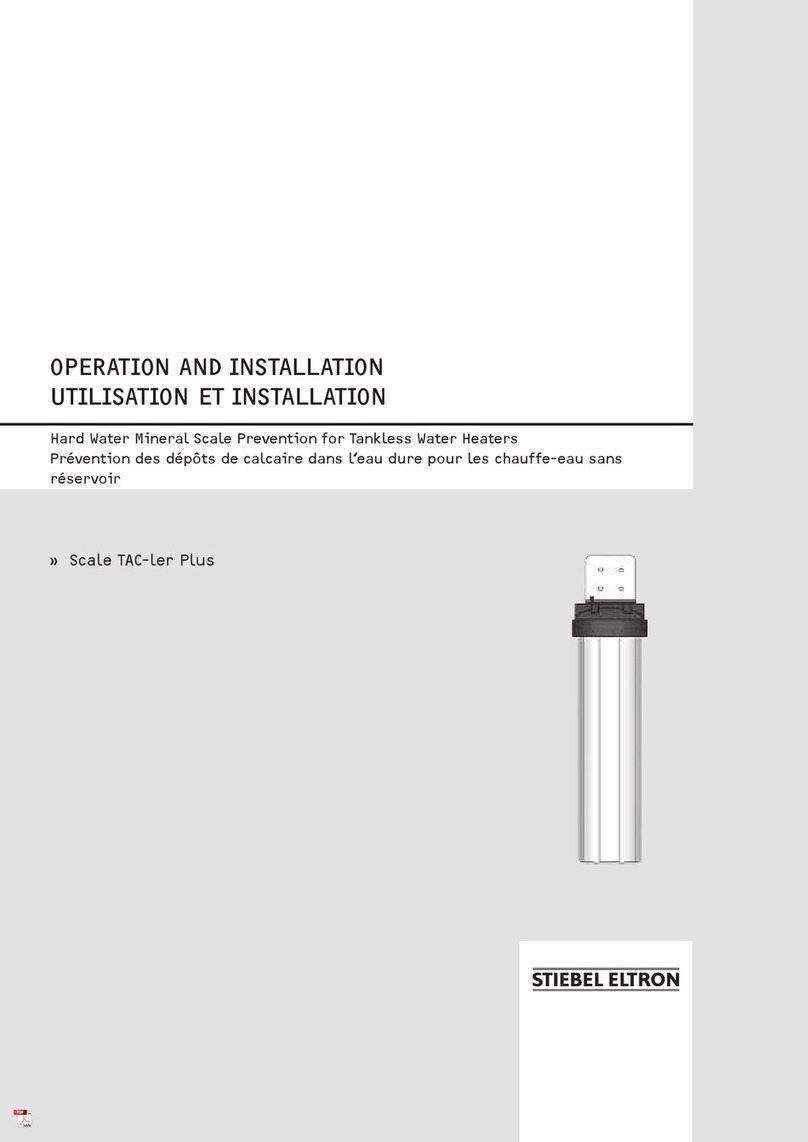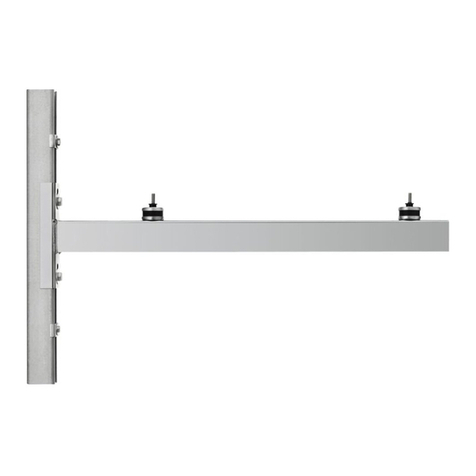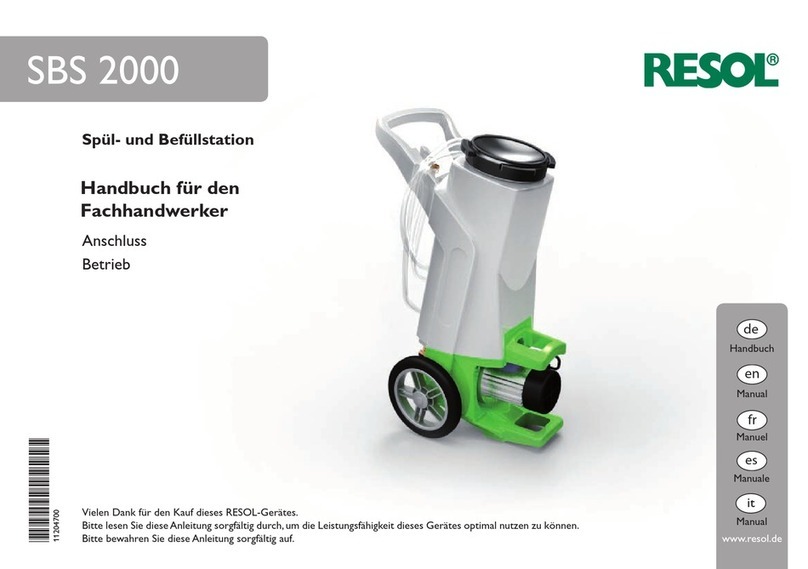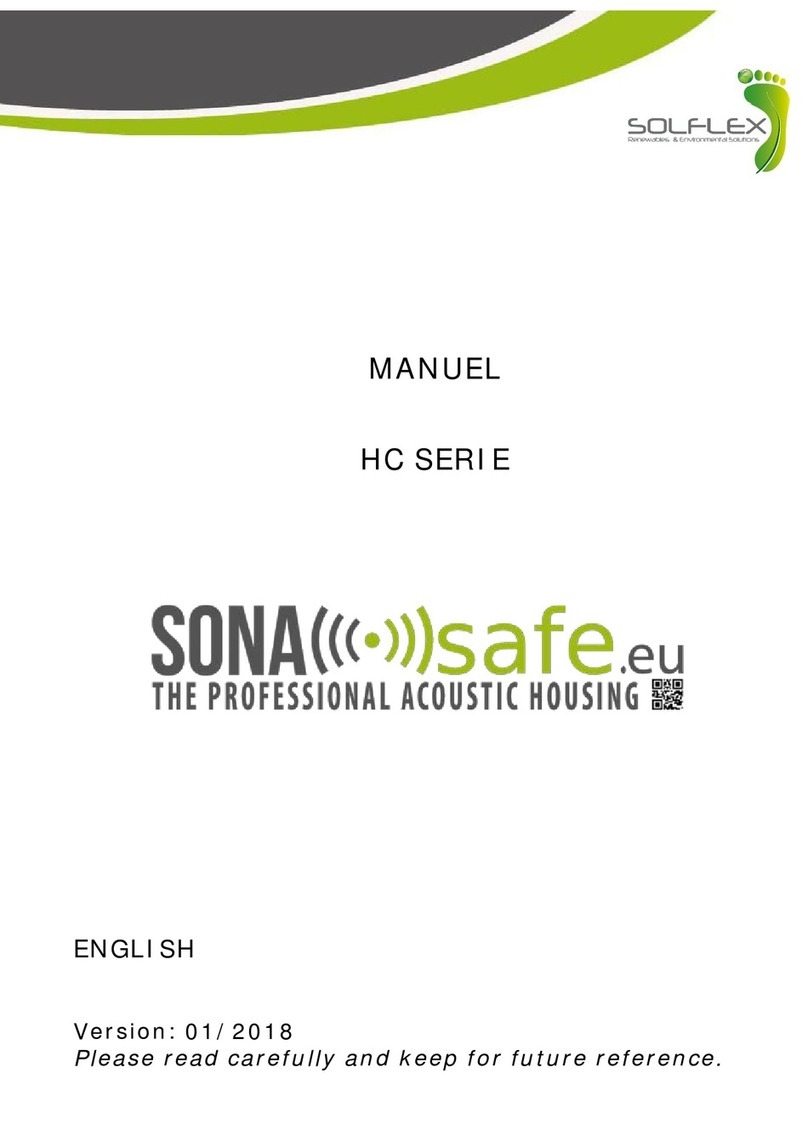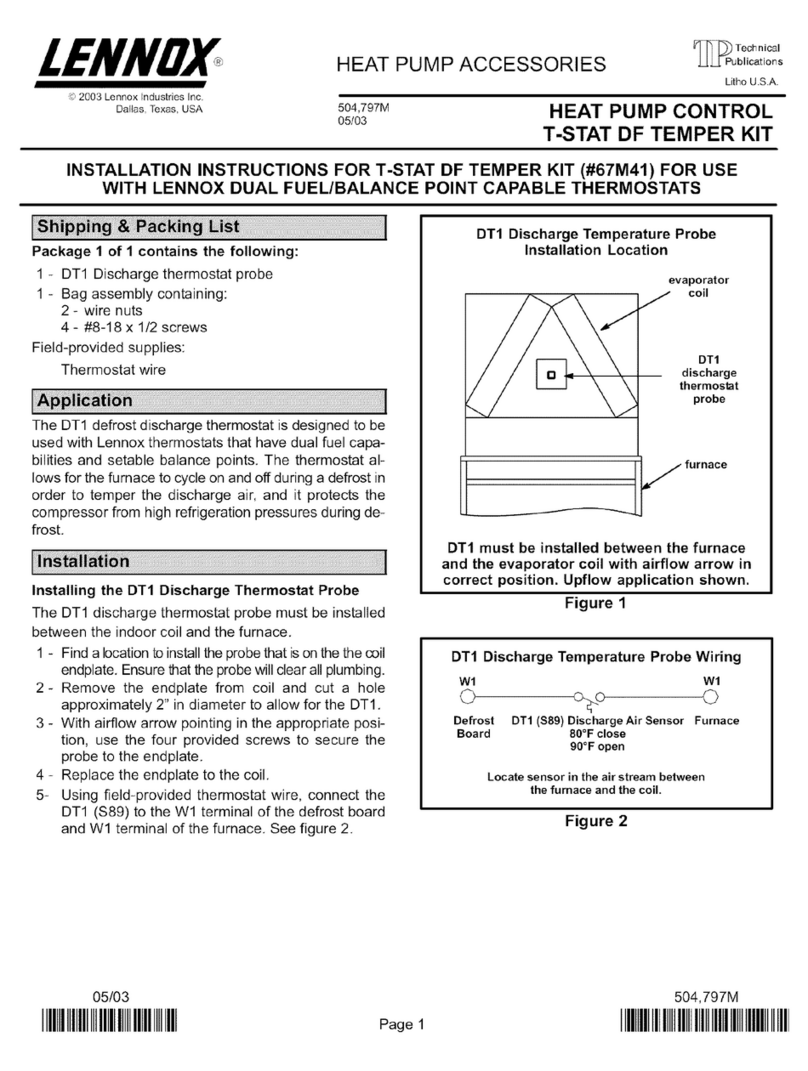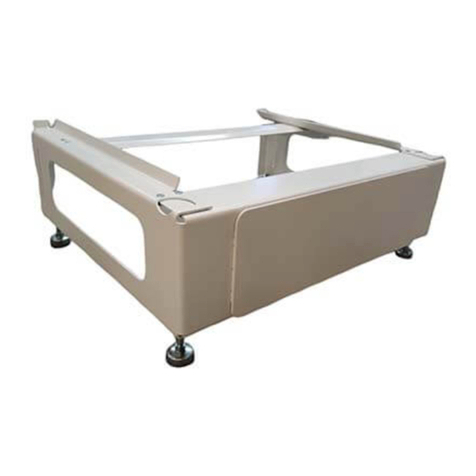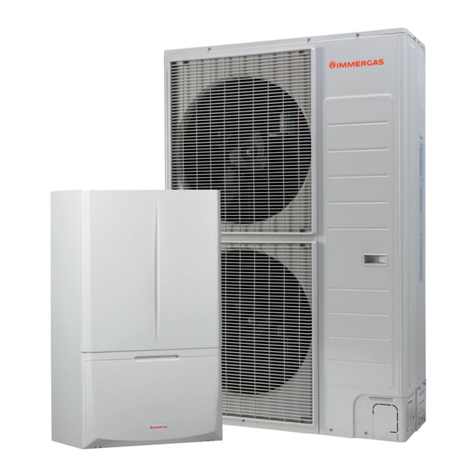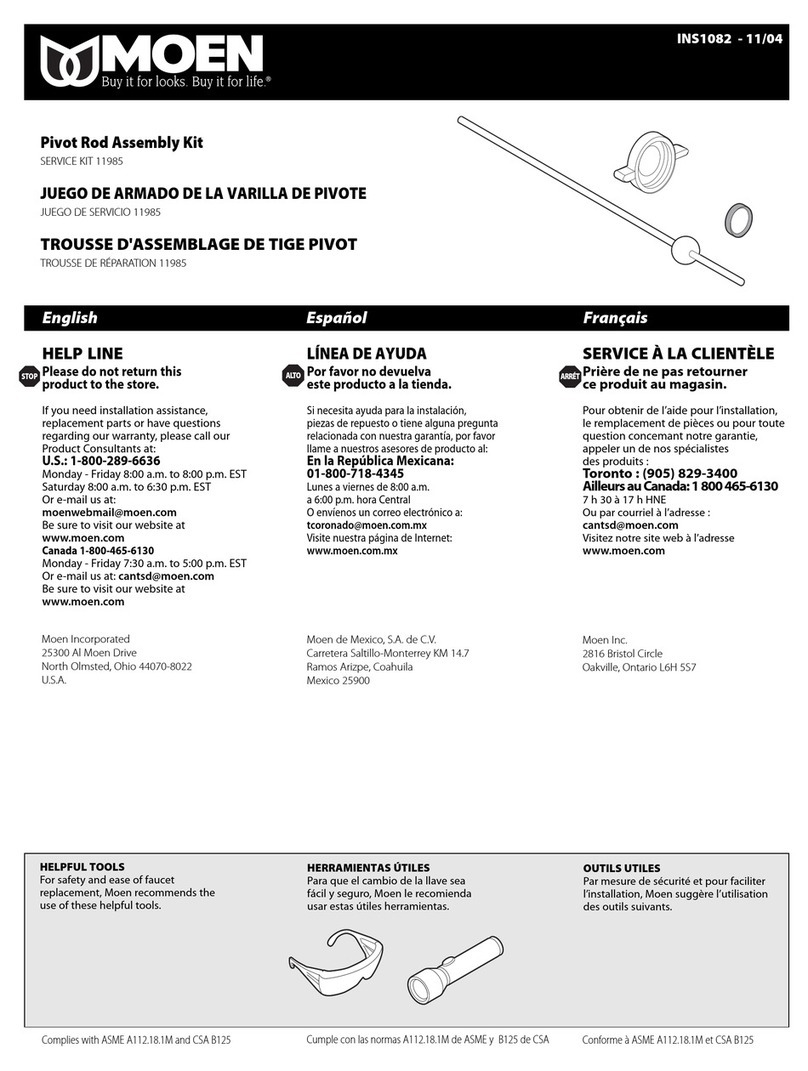
ĜƃZqTZ. qqqĪZ`.<é<`VHCĪHB
:eCC.CZ`eC&VC`.
&:77>00498,70490&>G<?92,904908?9=0<0<$<:/?6>0,?1><0>09
=>0309A4<39099,>H<74.384>%,>?9/',>C?<&04>0
%?109&40?9=,9
I849-049<?109,?=/08/0?>=.3090=>
90>C",B48,7I849-049<?109,?=":-471?9690>C09
:/0<=.3<04-09&40?9=
&>40-077><:98-:
?9/09/409=>
H<=>09-0<20<&><,D0:7C849/09
",476?9/09/409=>=>40-0707><:9/0
,BI849,?=/08/0?>=.3090=>90>C
",B48,7I849-049<?109,?=":-471?9690>C09
*04>0<09=.3<41>09=49/,?1/0<70>C>09&04>0,?1201H3<>
(9=0<09 ?9/09/409=>0<<04.309&40>0701:94=.3<?9/?8/40(3<
,?.3,9&,8=>,209?9/&:99>,209=:A40,9040<>,209 ?9/09
/409=>049=F>C00<1:7209AF3<09/?9=0<0<0=.3F1>=C04>09@:9
-4=(3<1<04>,2=-4=(3<7=&:9/0<=0<@4.0-40>09
A4< ?9/09/409=>049=F>C0-4=(3<H</40=09&:9/0<=0<@4.0
=:A40 ?9/09/409=>049=F>C0,9&,8=&:99?9/040<>,209
A0</093G30<0$<04=0-0<0.390>
40=0,<,9>40-0/492?9209<02079C?=F>C74.30,<,9>40704=>?9209
@:9?9=20209H-0</089/6?9/09&40><0>0990-09/4020=0>C
74.3090AF3<704=>?92=,9=;<H.30/0= ?9/094020=0>C74.309
0AF3<704=>?92=,9=;<H.3020209H-0</09=:9=>4209)0<><,2=
;,<>90<9=49/94.3>-0<H3<>
40=0,<,9>40-0/492?9209207>099?<1H<=:7.300<F>0/40@:8
9/6?9/0949/0<?9/0=<0;?-7460?>=.37,9/,7=#0?20<F>0
0<A:<-09A0</0949,<,9>40@0<><,26:88>94.3>C?=>,9/0
=:A04>/0<9/6?9/004920-<,?.3>0=0<F>:/0<04990?0=0<F>
=0490<=04>=@:904908,9/0<099/6?9/090<A4<->
40,<,9>40704=>?92A4</0<-<,.3>A099,9?9=0<090<F>09049
0<=>077?92=?9/:/0<",>0<4,710370<4990<3,7-/0<,<,9>40
/,?0<,?1><4>>40,<,9>40?81,==>50/:.360490!04=>?92091H<
=:7.300<F>0,9/09090370<&.3F/09:/0<"F9207,?12<?9/
@:9)0<6,76?92.3084=.30<:/0<0706><:.3084=.30<49A4<6?92
10370<3,1>0<?1=>077?92-CA9=>,77,>4:9=:A40?9=,.3208FD0<
49<02?740<?920/409?92:/0<?9=,.3208FD0<9,9=;<?.3
9,380-CA)0<A09/?92,?1><0>09-09=:,?=20=.37:==09=49/
!04=>?9209,?12<?9/8,92073,1>0<:/0<?9>0<7,==090<*,<>?92
*4>>0<?92=049H==09:/0<=:9=>4209#,>?<0<=.3049?9209
40,<,9>400<74=.3>A099,80<F>%0;,<,>?<09492<4110:/0<
-F9/0<?9209/?<.394.3>@:9?9=,?>:<4=40<>0$0<=:909@:<
209:8809A?</09
40,<,9>40704=>?92?81,==>/40=:<21F7>420$<H1?92/0=0<F>0=
A:-04C?9F.3=>0<84>>07>A4</:-049,<,9>40,9=;<?.3-0=>03>
8,<,9>401,7709>=.304/09,77049A4<,?1A07.30<>/0<0370<
-03:-09A4</==>03>?9=1<040490%0;,<,>?</0=0<F>0=,?=
1H3<09C?7,==09:/0<=07-=>,?=C?1H3<09>A,420,?=20A0.3=07>0
'0470A0</09?9=0<4209>?8
H</40,?0<?9/%04.3A04>0/0<,<,9>40H-0<903809A4<=F8>
74.30",>0<4,7?9/":9>,206:=>09
&:A04>/0< ?9/0A0209/0=,<,9>401,770=,?12<?9/20=0>C
74.30<0AF3<704=>?92=,9=;<H.3020209,9/0<0)0<><,2=;,<>90<
!04=>?92090<3,7>093,>09>1F77>0490!04=>?92=;4.3>@:9?9=
&:A04>0490,<,9>40704=>?920<-<,.3>A4</H-0<903809A4<
60490,1>?921H</400=.3F/42?920490=0<F>0=/?<.340-
=>,370?0<?1<?3<:/0<F3974.30(<=,.309
E-0</40@:<=>0309/C?20=,2>09,<,9>40704=>?9209349,?=20309/
6,99/0<9/6?9/09,.3/40=0<,<,9>40604909=;<H.30A0209
84>>07-,<0<&.3F/09:/0<:720=.3F/09/40/?<.3/,=0<F>@0<
?<=,.3>A0</0949=-0=:9/0<0,?1<=,>C,?D0<3,7-/0=0<F>0=
09>=>,9/090<&.3F/09207>09/8,.3090=0>C74.309=;<H.30
/0= ?9/09?9=20209H-0<:/0<20209H-0<<4>>09-704-09?9
-0<H3<>
H<48;<4@,>09,?=3,7>04920=0>C>00<F>0-0><F2>/40,<,9>40
/,?0<":9,>048H-<4209C?804=;407-040490849=,>C/0<
0<F>0490A0<-0,9/A0<6=:/0<9/?=><40-0><40-09-0><F2>
/40,<,9>40/,?0<":9,>0
40,<,9>40/,?0<-02499>1H<50/0=0<F>84>/0<E-0<2,-0/0=
0<F>0=,9/09 ?9/09/0</,=0<F>C?80<=>09",7049=0>C>
,<,9>40704=>?92091H3<0994.3>C?0490<)0<7F920<?92/0<,<,9
>40/,?0<?<.3/400<-<,.3>0,<,9>40704=>?92A4</6049090?0
,<,9>40/,?0<49,9220=0>C>40=247>1H<,7700<-<,.3>09,
<,9>40704=>?920949=-0=:9/0<01H<0>A,4204920-,?>0<=,>C>0470
:/0<1H</40<=,>C74010<?920490=90?090<F>0=
,<,9>40,9=;<H.30=49/@:<-7,?1/0<,<,9>40/,?0<4990<3,7-
@:9CA04*:.3099,.3/08/0<",92070<6,99>A?</0-04?9=
,9C?807/09,-048H==0992,-09C?80370<C?80<F>?9/
C?8+04>;?96>/0<0=>=>077?92208,.3>A0</097=,<,9>40
9,.3A04=4=>/40%0.39?92:/0<049=:9=>420</,>40<>0< ,?19,.3
A04=-04C?1H20903709/40@:<209,99>0992,-09:/0<(9>0<
7,209-0=>03>6049,<,9>40,9=;<?.3
!
*4<=49/94.3>@0<;4.3>0>,<,9>40704=>?9209,?D0<3,7-/0<
?9/0=<0;?-7460?>=.37,9/C?0<-<4920904&>G<?92090490=
48?=7,9/04920=0>C>090<F>0=4=>/40=0=2020-09091,77=,?1
01,3<?9/ :=>09/0= ?9/09,9/09 ?9/09/409=>490?>=.3
7,9/C?=09/0940%H.6=09/?920<1:72>0-091,77=,?101,3<?9/
:=>09/0= ?9/09>A,42020=0>C74.309=;<H.30/0= ?9/09
?9=20209H-0<:/0<20209H-0<<4>>09-704-09,?.349/40=08
,77?9-0<H3<>
H<,?D0<3,7-0?>=.37,9/=0<A:<-0900<F>0247>/40=0,<,9>40
94.3>=207>09/4050A047420920=0>C74.309):<=.3<41>09?9/20
20-09091,77=/40!4010<-0/492?9209/0<!F9/0<20=077=.3,1>-CA
/0=8;:<>0?<=
